|
|
|
|
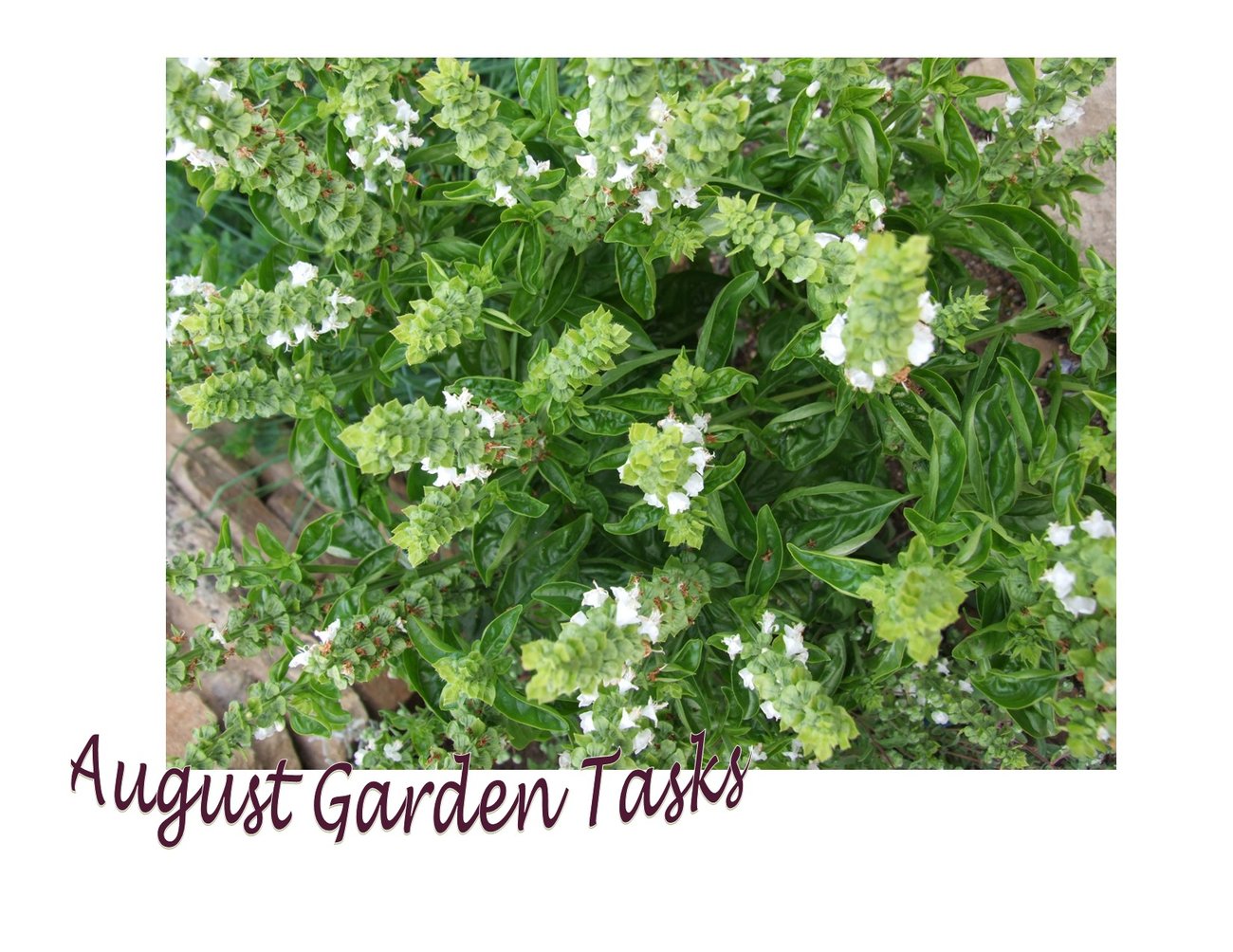 |
|
August Garden Tasks
It's the hot, sultry days of summer. Watering and weeding may be all you think about. Here are some things to add to that list:
Perennials & annuals
?œ³?¸? Did you know ferns can become dormant if they get too dry? Check the soil regularly for watering needs.
?œ³?¸? Renew annuals by pinching leggy growth and deadheading. Fertilize with a liquid fertilizer, such as fish emulsion, to encourage blooms through the fall.
?œ³?¸? Continue to prune perennials to keep in a desired space and for air circulation.
Vegetables
?œ³?¸? Start seeds now for fall and winter vegetables.
?œ³?¸? Pinch the stems of basil regularly to prevent flowering, and harvest about once a week. Gather herbs for drying as they mature.
Trees & shrubs
?œ³?¸? No fertilizing is necessary this month.
?œ³?¸? Trees and shrubs should NOT be pruned after Aug. 15.
Lawn & landscaping
?œ³?¸? Watch out for yellow patches, leaf curl or poor growth. You may need to increase watering if you see these signs.
Watering tips
?œ³?¸? Water outdoor container plants daily, if needed, as they dry out quicker than plants in the ground. Water early morning to prevent mildew from occurring. |
|
|
|
Broccoli Bonanza
by EMG Connie Rothwell
Have you ever gulped a handful of vitamins all at once? Not fun or tasty!
A tastier way to get vitamin A, C, several Bs, potassium and iron is to enjoy a half cup of steamed broccoli. Broccoli, a close cousin to cabbage, cauliflower, and Brussel sprouts, is one of the most nutritious cruciferous veggie in the garden.
Early August is a good time to start your broccoli seeds, but you might opt to buy transplants since they are slow to grow. If there is a variety that is a “must have,” now is the time to get those seeds started. Keep seeds moist and in full sun. Fertilize lightly with a liquid fertilizer.
Late August and September are the times to transplant broccoli. Space plants 12-18 inches apart. They need space, or they won’t create a head. Keep the plants evenly watered. Depending on the weather, broccoli will continue to produce into November or later since it can withstand a light frost. Harvest when floret heads are 3-8 inches across. Broccoli is a “come again” plant which means when the leaves, stems, and florets are harvested, the plant will grow second and even third harvest. Add nitrogen to the soil between harvests to encourage new growth.
Pests still linger in cool weather (darn!). Caterpillars and aphids are particular nuisances in the fall garden. Add companion plants. Beets, Dill Swiss chard, lettuce, spinach, and onions are all good choices. Bt (Bacillus thuringiensis) and row covers can be useful.
Varieties that do well in our area are Packman, Emerald Crown, Lieutenant, Belstar, and Green Magic. Choose your favorite cheese sauce and enjoy!
Resources:
“Brassica oleracea” NC Plant Toolbox https://plants.ces.ncsu.edu/plants/brassica-oleracea-italica-group/#:~:text=Broccoli%20grows%20best%20in%20full,a%20form%20of%20weed%20control.
“Broccoli.” https://hgic.clemson.edu/factsheet/broccoli/
“Growing Broccoli in a Home Garden” https://extension.umd.edu/resource/growing-broccoli-home-garden/
“How to Grow Broccoli in Your Garden” https://extension.usu.edu/yardandgarden/research/broccoli-in-the-garden
https://ashe.ces.ncsu.edu/2020/05/considerations-for-raised-bed-gardening/
Photos courtesy of NC Extension Plant Tool Box
|
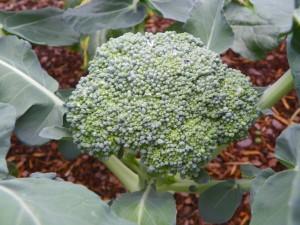 |
|
|
|
Leaf-footed Bugs
By EMG Gina Tadle
Did you know that the Leaf-footed bug is related to the Stink bug? Leaf-footed bugs, belonging to the family Coreidae, are a diverse group of insects notable for their distinctive flattened, leaf-like expansions on their hind legs. These bugs are prevalent in many parts of the world and are commonly found in gardens, agricultural fields, and forests.
Leaf-footed bugs are typically herbivorous, feeding on a variety of plants. Their diet includes fruits, vegetables, and ornamental plants, making them significant agricultural pests. They use their piercing-sucking mouthparts to extract juices from plants, which can lead to cosmetic damage, reduced yields, and in severe cases, plant death. Their feeding can introduce pathogens, further complicating plant health.
A prominent species in North America is the Leptoglossus phyllopus, commonly known as the Eastern leaf-footed bug. This species is known to feed on crops such as tomatoes, peaches, and citrus, leading to economic losses for farmers. Another notable species is the Leptoglossus occidentalis, or the Western conifer seed bug, which primarily affects conifer seeds and has become an invasive pest in several regions outside its native range.
According to research from the University of Florida (entomology.ifas.ufl.edu), effective management of leaf-footed bugs involves regular monitoring of plants, especially during the growing season. Physical removal, the use of insecticidal soaps, and the application of neem oil are commonly recommended control measures. Additionally, encouraging natural predators, such as birds and beneficial insects, can help in reducing leaf-footed bug populations naturally.
Research from the University of California Agriculture and Natural Resources (ucanr.edu) highlights the importance of integrated pest management (IPM) strategies in controlling leaf-footed bugs. These strategies include cultural practices such as crop rotation, intercropping, and maintaining plant health to make them less susceptible to pest attacks.
In conclusion, while leaf-footed bugs can pose a threat to various crops, understanding their biology and behavior, coupled with effective management practices, can help mitigate their impact.
leaffooted bug - Leptoglossus phyllopus (Linnaeus) (ufl.edu)
western leaffooted bug - Leptoglossus zonatus (Dallas) (ufl.edu)
Leaffooted Bug Management Guidelines--UC IPM (ucanr.edu)
UF/IFAS Vegetable Arthropod Pest Photographs CD-ROM III (ufl.edu)
Photos courtesy of EMG Gina Tadle
|
|
|
|
|
|
Monarchs, Milkweed, and More!
By EMG Alden Picard
Migrating monarch butterflies are listed as a Species of Greatest Conservation Need (SGCN) by the North Carolina Wildlife Resource Commission (WRC). According to the WRC, SGCN species are animals or plants that (a) are at risk of extinction, (b) lack proper scientific research needed for conservation, or (c) haven’t received sufficient conservation attention. For species like the monarch butterfly, multiple factors are involved.
Fortunately for monarch butterflies, well informed gardeners can easily participate in conservation by planting milkweed. It is well known that monarch’s require milkweed to successfully lay eggs and bear young. Milkweed (Asclepias spp.) serves as the only larval host plant for adult monarchs. But what type of milkweed is best?
There are over ten species of milkweed native to North Carolina. These species coevolved with our native monarch butterfly making them the best ecological and environmental choices for your flower garden. Unfortunately, many are difficult to find in cultivation. However, the following species are typically available at native plant nurseries and should be planted to support healthy monarch populations:
-
Common Milkweed (Asclepias syriaca)
-
Swamp Milkweed (Asclepias incarnata)
-
Butterfly Milkweed (Asclepias tuberosa)
-
Whorled Milkweed (Asclepias verticillata)
Avoid planting non-native introduced tropical milkweed (Asclepias curassavica). This species does not quickly go dormant in the fall like our natives. Research shows that this introduced species can cause harm by confusing migrating monarchs and changing their behavior. The sudden availability of tropical milkweed can trigger migrating monarchs to lay eggs rather than to continue their migration to wintering grounds in Mexico. This delay in migration can lead to deadly exposure to cold temperatures for eggs, larvae, and adults.
What’s more, tropical milkweed is linked to the Ophryocystis elektroscirrha (OE) parasite. Research now shows that spores from this deadly pathogen may concentrate on tropical milkweed in southern states and spread through the monarch population. More research is needed on tropical milkweed in North Carolina.
For those interested in monarch and pollinator conservation, check out North Carolina Wildlife Federation's Butterfly Highway program. There you will find excellent resources including a great list of North Carolina native plant nurseries.
Photos courtesy of EMG Alden Picard and EMG Gina Tadle
Sources
https://blogs.ifas.ufl.edu/hillsboroughco/2024/06/01/tropical-milkweed-and-oe/
https://extension.umn.edu/yard-and-garden-news/tropical-milkweed-bad-monarchs
|
|
|
|
|
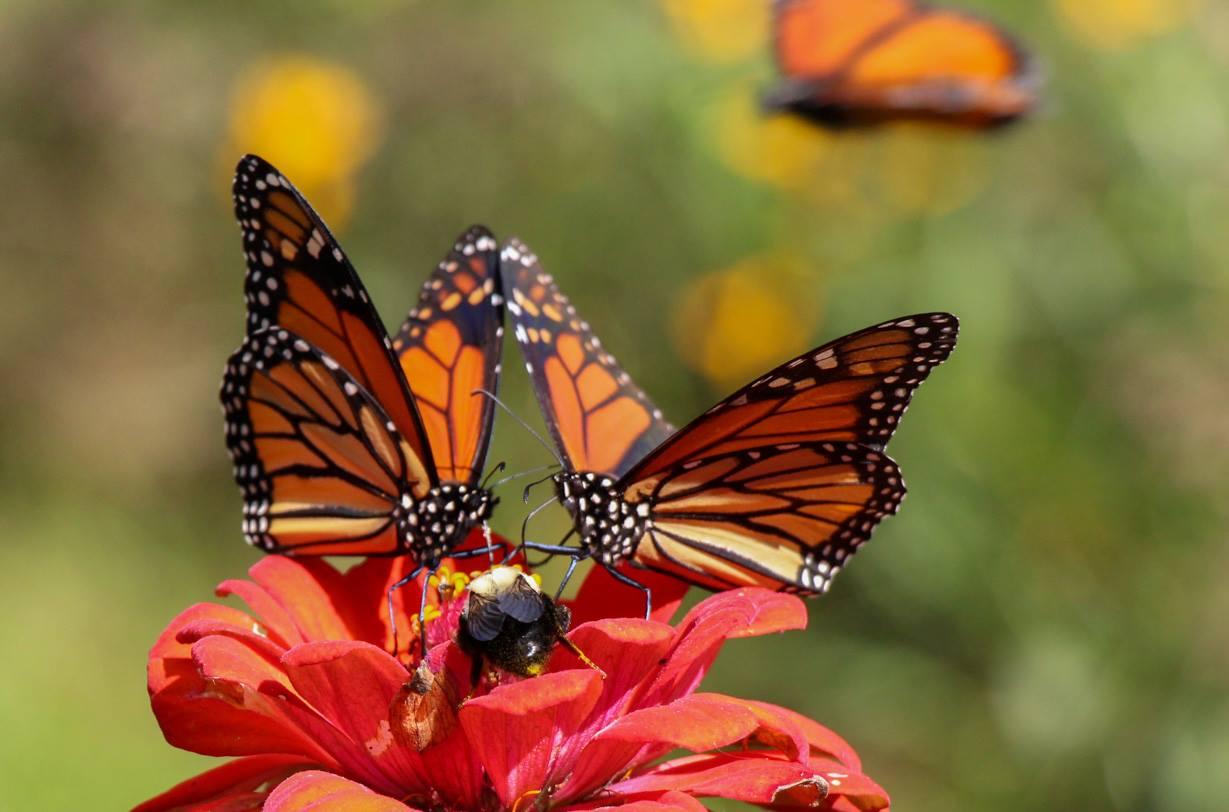 |
|
|
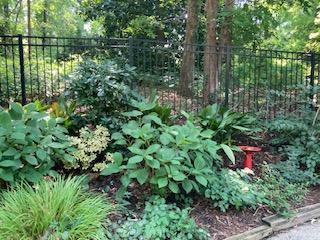 |
|
The Many Shades of Gardening
By EMG Mary Staton
If you have three hours of direct sunlight or less in your yard, you might think having shade is a deterrent to cultivating an abundant garden. Think again!
Known as shade gardening, there are boundless plant choices to consider when planning your shady places. Shade-tolerant plants include trees, shrubs, groundcovers, vines, perennials, bulbs, ornamental grasses and annuals. Masses of ferns of differing species are favorites of mine! For color, I adore the red and/or white cardinal flower (lobelia cardinalis) and the wonderful “green-and-gold” or golden star plant (Chrysogonum virginianum). Clumps of the cast iron plant (aspidistra) are commanding with striking green spears.
To help understand the four major shades, this list defines their unique characteristics.
-
Filtered shade, or dappled sunlight, occurs under trees with smaller leaves or leaflets and is suitable for growing many plants, even those preferring full sunlight.
-
Partial shade may be in shade a portion of the day and then in full sun other times.
-
Open shade is when there is an obstacle, such as a building, blocking plants from receiving direct sunlight but allowing indirect light.
-
Deep shade, the most restrictive, is found in heavily wooded areas and landscapes under large evergreens or broadleaf deciduous trees (maple, oak, hickory, beech). Deep shade also occurs in a narrow side yard when another building is close or in a recessed entryway on the north side of a house.
Understanding the characteristics of your yard is critical, too, when designing your garden and selecting plants. Here are three tips for making your assessment:
-
Create a pencil-drawn map of your yard on a large piece of paper, noting existing plants and wet and dry areas.
-
Track the sun through the seasons, noting areas of shade throughout the day.
-
Conduct a soil test to determine the level of nutrients and pH value of your soil to ascertain amounts and types of fertilizer and/or lime to apply.
Next, finalize the garden’s design, gather shade-loving plants you love, and enjoy establishing the shade garden of your dreams!
Sources:
North Carolina Extension Gardener Handbook, Second Edition
##Find a Plant | North Carolina Extension Gardener Plant Toolbox (ncsu.edu)
Clemson Cooperative Extension, Home and Garden Information Center
https://hgic.clemson.edu/
Photos Courtesy of Mary Staton
|
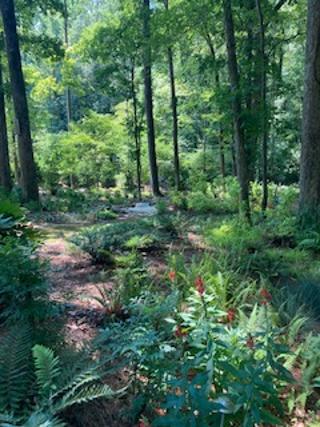 |
|
|
 |
|
Tomato Hornworm (Manduca quinquemaculata)
By EMG Stacy Hodes
Your tomatoes are looking great and then you notice this big green sci-fi looking caterpillar munching on the leaves! Ugh! It’s called a hornworm and there are two common types: the tobacco hornworm and the tomato hornworm. Either type eventually turns into a brown moth. This clever quick video from NC State will help you identify which type you have. They both start out as a tiny white caterpillar but quickly grow up to 3 inches long complements of your tomato leaves. Both types may need to be removed once they are found. The easiest method is just to pick them off by hand and put them in a bucket of soapy water. There are a few organic methods as well to consider that will kill the caterpillars when they are small: products that contain spinosad, B.t., neem oil or azadirachtin as the active ingredient. Just make sure you read and follow the directions and apply in the evening to protect pollinators. If you happen to see a hornworm with little specks of white on them (like grains of rice), don’t kill it. They are harboring braconid wasp larvae which is a beneficial insect. The larvae will feed off of the living hornworm, eating it from the inside out until the wasps hatch. Very gross but so cool!
Photos courtesy of NC State Extension
Resource
https://tobacco.ces.ncsu.edu/tobacco-pest-management-insects-tobacco-and-tomato-hornworm/
|
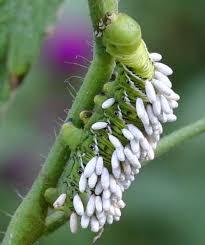 |
|
|
|
Did a friend forward this to you? You can sign up to receive the Garden Zone: Garden Zone Sign up - Google Forms
|
|
|
|
|
|